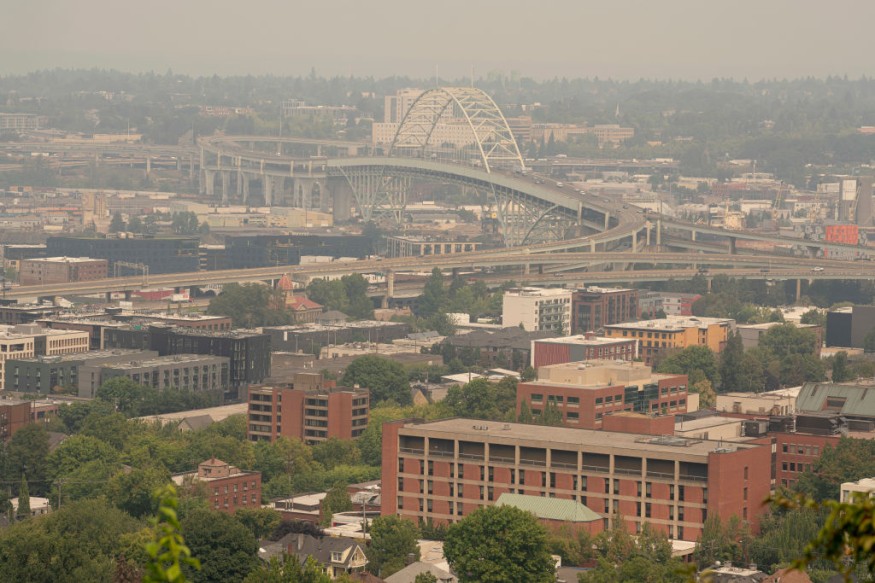Extreme heat enveloped the US Pacific Northwest in the summer of 2021, resulting in a large number of reported fatalities.
The details behind the deadly heatwave had shrouded a sense of mystery, as a natural disaster of such magnitude has never been recorded in the modern history in the region before.
However, researchers from the University of Chicago (UC) revealed in their new study the overlooked climatic factors that led to the soaring temperatures behind the deadly Pacific Northwest heatwave.
In spite of previous assessments, this is the first comprehensive data about the 2021 heatwave.
2021 Pacific Northwest Heatwave

In 2021, an abnormal heat record index was recorded by US weather authorities and media outlets across the Pacific Northwest between June 26 and July 2, with temperatures reaching more than 30 degrees Fahrenheit above normal.
The Washington Post reported hundreds of people have died in the US and Canada during the week-long historic heatwave in the region.
Record-shattering hot temperatures occurred in the states of Oregon and Washington and the province of British Columbia in Canada.
In addition, the Washington State Department of Health (DOH) expounded that the extreme heat event resulted in a high to a very high risk of heat-related illnesses and impacts for the majority of the population in the mentioned regions.
The DOH emphasized people who were heat-sensitive, without cooling, and lacks adequate hydration were the most vulnerable groups during that time.
Furthermore, the Washington state health agency stated there were even succeeding deaths beyond the 100 heat-related deaths between June 26 and July 2.
This is due to the 38 deaths to have occurred even on July 3 and a later period last year.
Answering the Heatwave Mystery
Prior to the new study, various reports have concluded that the natural phenomenon was indeed a rare occurrence and one of the most lethal natural hazards in the recorded history of North America.
In an article released in November 2021, Yale University cited a report by scientists that the 2021 Pacific Northwest heatwave was "virtually impossible" without global warming.
Sjoukje Philip of the Royal Dutch Meteorological Institute and a part of the World Weather Attribution Initiative, stated that extreme heatwaves could increase in frequency if global warming continues.
Now, the UC researchers from the new study published in the journal Geophysical Research Letters on April 18 have uncovered that the cause of the 2021 heatwave was the dual effect of a cyclone and anticyclone.
Based on the new research, a cyclone formed over the Gulf of Alaska a week prior to the Pacific Northwest heatwave.
The said storm then moved away from the US region but triggered the formation of an anticyclone, a system that rotates slowly over a high-pressure area.
Also known as blocking systems, the anticyclone reportedly blocked heat in the region by disrupting the normal eastward movement of weather systems from the Pacific Ocean toward the West Coast of the US and its adjacent territories such as Canada and Mexico.
The new study paved the way for the possibility that the occurrence of extreme heatwaves in the future is already likely.
In addition, the study's scientists hope their approach can help in explaining why extreme events transpire and understand similar phenomena in the future.
© 2025 NatureWorldNews.com All rights reserved. Do not reproduce without permission.





